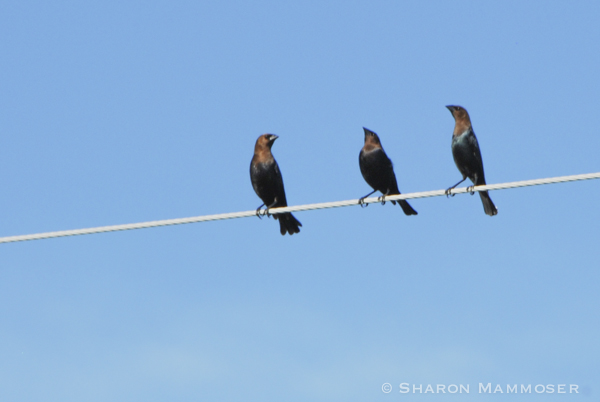 I was surprised to find that several people knew the answer to last week’s puzzler. Were you one of them? But even if you knew the answer, I bet there’s still a lot about this interesting bird you may not know…
I was surprised to find that several people knew the answer to last week’s puzzler. Were you one of them? But even if you knew the answer, I bet there’s still a lot about this interesting bird you may not know…
The answer–a brown-headed cowbird, Molothrus ater— has an interesting natural history and is the most common “brood parasite” in North America. As you learned from last week’s post, females of this species do not build nests of their own. Instead, they lay their eggs in the nests of other birds–more than 220 different species of birds. According to Cornell, “Recent genetic analyses have shown that most individual females specialize on one particular host species”
Some birds, including blue jays, robins, catbirds, brown thrashers and orioles, have learned to recognize cowbird eggs and upon discovering one, will hastily throw it from their nest! Other birds, like the yellow warbler, can recognize the cowbird eggs but are too small to get the invader egg out of the nest so they address the problem by building a new nest over the top of the old one. Other species will try to puncture the egg, or will abandon parasitized nests. However, many birds do not notice the new egg and will raise it as their own–often to the detriment of their own young.
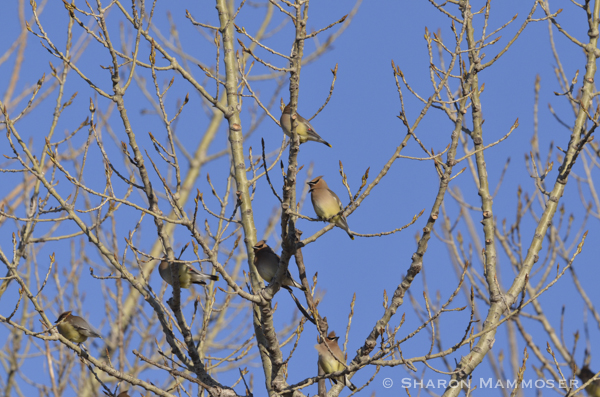
This is because cowbird eggs hatch before the “real” mother bird’s eggs, giving the invader a head start. The new baby grows fast and is often much louder than the host babies, begging intensely. The young cowbird will often toss out the other eggs or nestlings or even smother them in the bottom of the nest…Talk about some rude behavior!
Female cowbirds are opportunistic egg-layers, choosing open nests rather than nests in cavities. She does not do any homework about the feeding habits of her forced foster Mom, laying eggs in nests of birds even if they do not have diets matching her own.
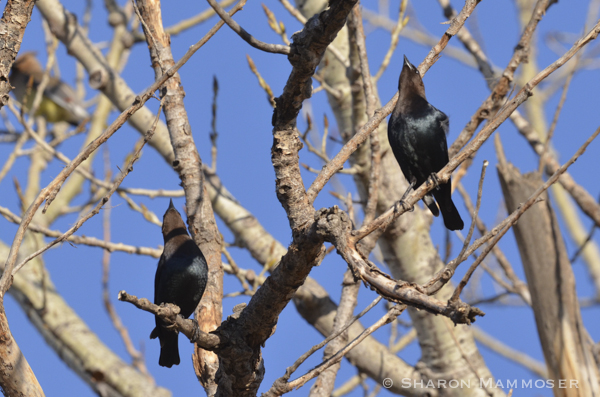
Wondering how the female finds her foster parents? According to Birds of Forest, Yard and Thicket written by John Eastman, “having mated, a female cowbird searches out a host nest by three main methods: by perching in silent observation, by walking on the ground while watching for birds in the vicinity, and by raising a ruckus–noisily rummaging on the ground and in tree foliage as if trying to flush out hidden potential hosts. She usually selects a nest in which at least one host egg is already present. If she finds more than one, she often removes one of the host eggs the day before laying one of her own. She never lays more than one egg at a time in a given nest, though another cowbird female may repeat her performance at the same nest. This operation is preformed quickly, usually in seconds, often just before dawn when the host bird leaves the nest.” Most birds take 20 -103 minutes to lay an egg whereas a cowbird takes just 41 seconds!
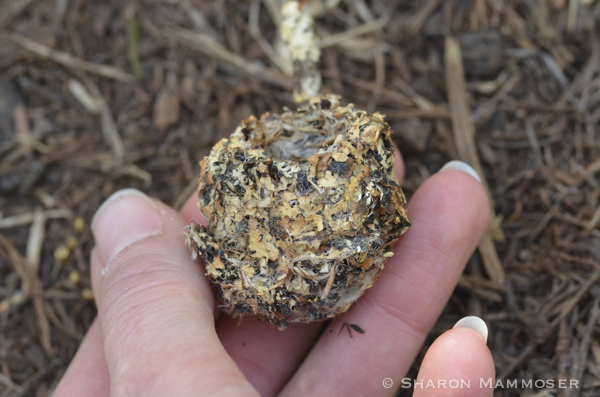
Talk about a sneaky parent! Not to mention lazy! But one that has been successful through the years so her methods must be working. She can accomplish the same goal of producing young, without the hassle of building a nest, sitting on eggs or feeding babies. During a summer a female cowbird might produce as many as 80 eggs, though studies show that of the 220 species she parasitizes, only 144 actually are successful hosts. If you’re wondering why, just think of some hosts that have been observed, but are not successful–like a ruby-throated hummingbird! Ha, can you imagine an cowbird egg in their tiny nest? Their eggs are the size of a pea! A cowbird’s egg would look like a giant next to it! Also on the list of birds that do not make good foster parents are red-headed woodpeckers, blue-winged teals, and killdeer.
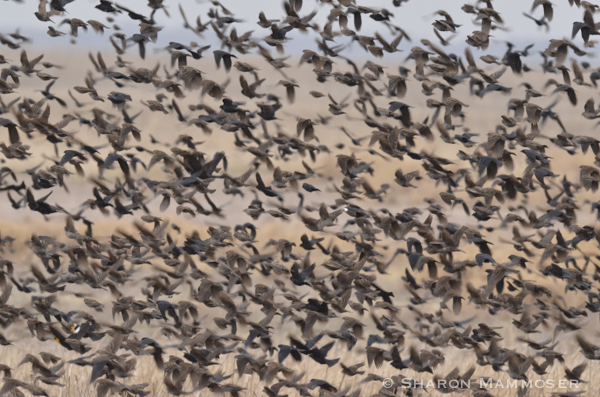
During winter brown-headed cowbirds may roost with other species of blackbirds including red-winged blackbirds and yellow -headed blackbirds, with flocks numbering more than 100,000 birds! When I was in Nebraska this past spring, I got to see some of these giant flocks–an amazing spectacle to behold!
Check out the next puzzler! And have a great weekend! See you again soon!

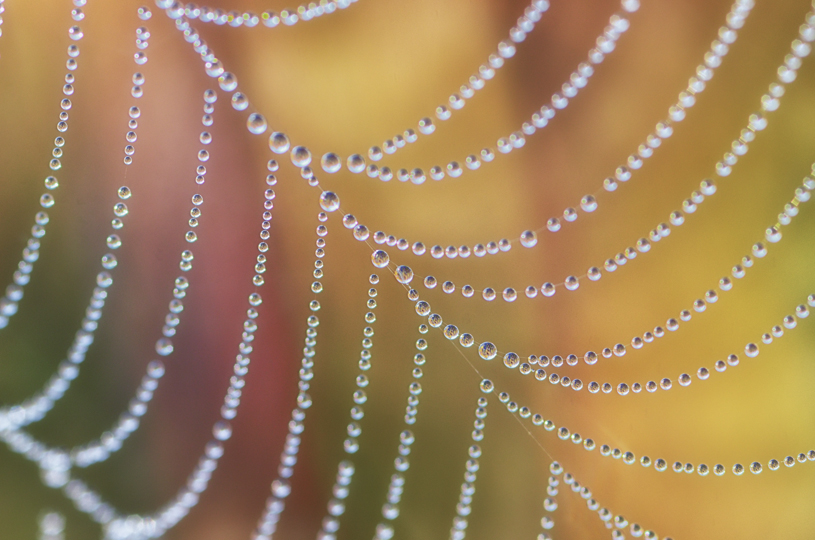
1 thought on “Weekly Puzzler Answer #117”
Comments are closed.